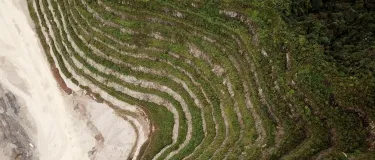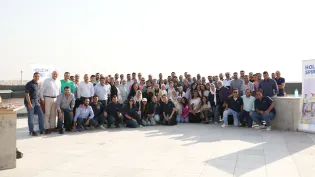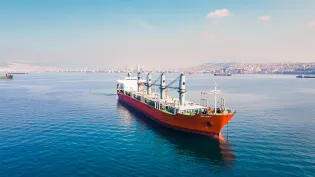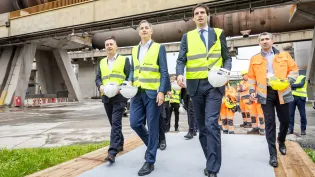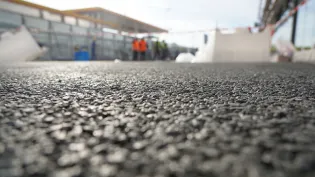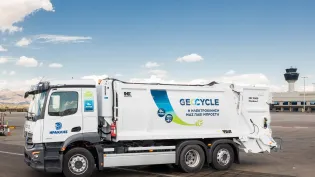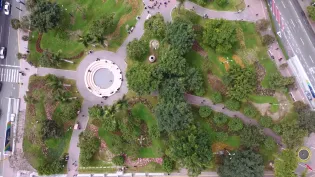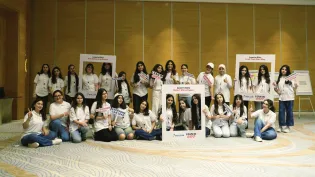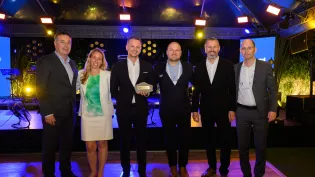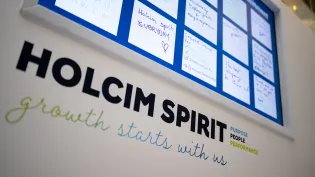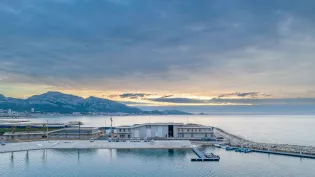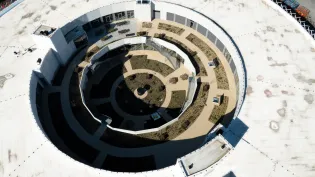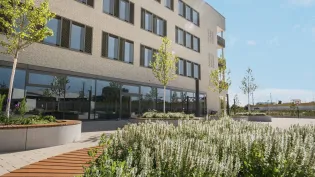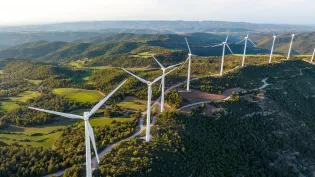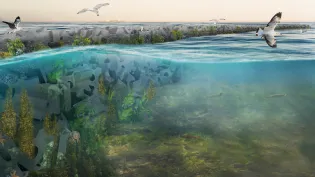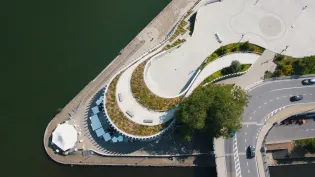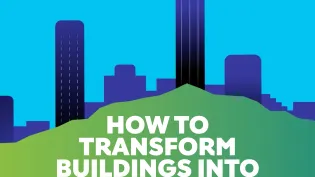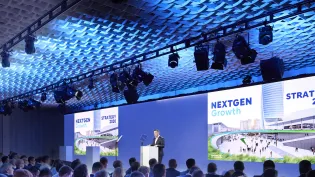Rehabilitating quarries and bringing nature into cities, for a nature-positive future
Our new nature film series explores how, together with our people, Holcim is helping biodiversity thrive at our quarry sites, while bringing more nature into cities to increase climate resilience and community wellbeing and help build a nature-positive future.
The materials that we quarry are used to construct our homes, roads, schools and hospitals – the places that keep us safe and secure throughout our lifetimes, and form the very fabric of our cities and countries.
Yet as an industry that relies on natural resources, we have a responsibility to leave nature in a better state than when we found it.
Our people follow a bespoke and tailored approach to quarry restoration, since every site is different.
Since we have a duty to nature to leave our quarries in a better state than we found them and ensure biodiversity gain, restoration works require a science-based approach.
Restoration may involve returning the land to its initial use with no sign that it had ever been quarried. But it often provides an opportunity to create new nature reserves for biodiversity to thrive and even provide leisure facilities for the community.
We need to use nature’s precious resources to build our cities to be resilient to the increasingly severe climate events that we are facing. Nature is one of our greatest allies. Bringing more nature into cities will make them more resilient and allow communities to thrive.
Contributing to building a nature-positive future
Holcim’s Nature Strategy focuses on restoring and preserving biodiversity and freshwater ecosystems, while bringing more nature into cities.
Our commitment to a measurable positive impact on biodiversity is based on transformative rehabilitation plans and measured by a science-based methodology called the Biodiversity Indicator and Reporting System (BIRS), developed in partnership with the International Union Conservation of Nature (IUCN).
We take a pioneering, three-pronged approach to water stewardship, including improved water usage efficiency, strict standards for zero water pollution and freshwater replenishment in water-risk areas.
As part of our commitment to a nature-positive future, we are bringing nature into cities and helping protect our oceans and marine biodiversity through industry-leading products, solutions and innovations.
Learn more here: Holcim.com/Nature.





